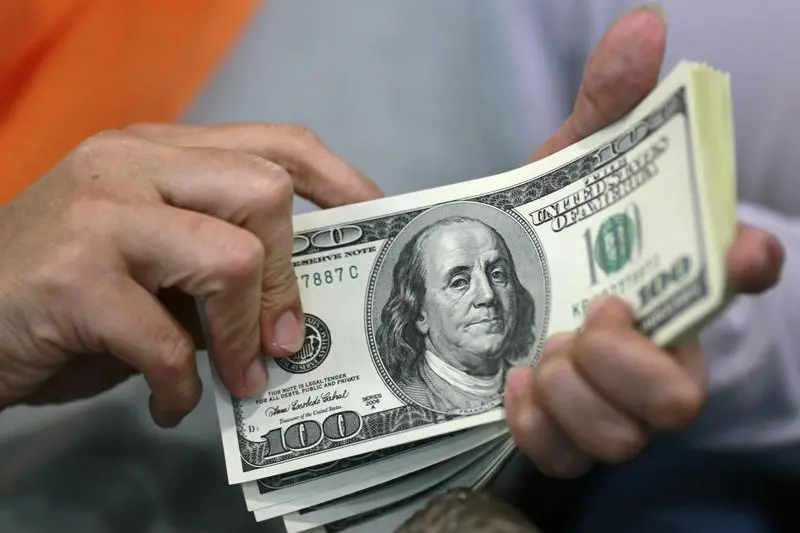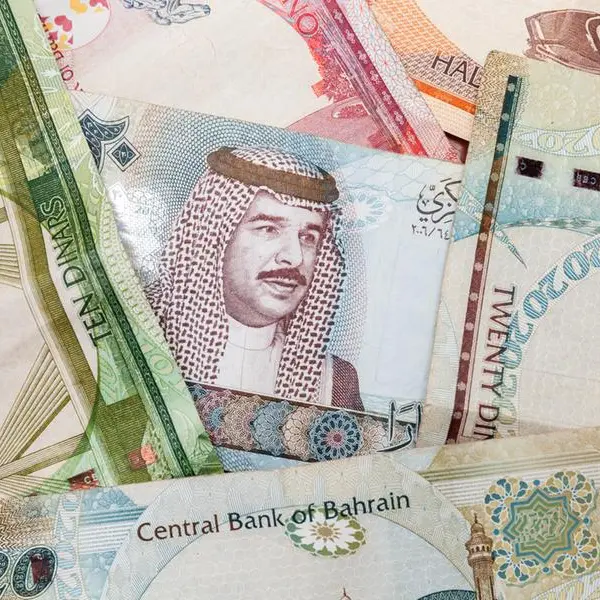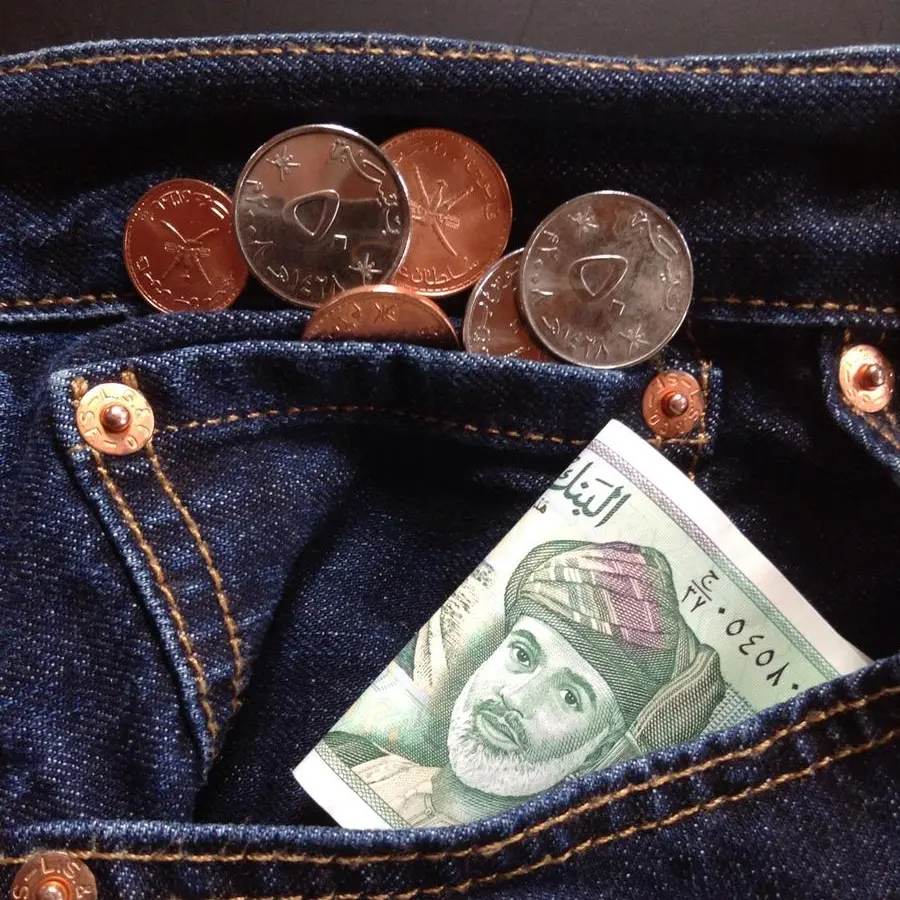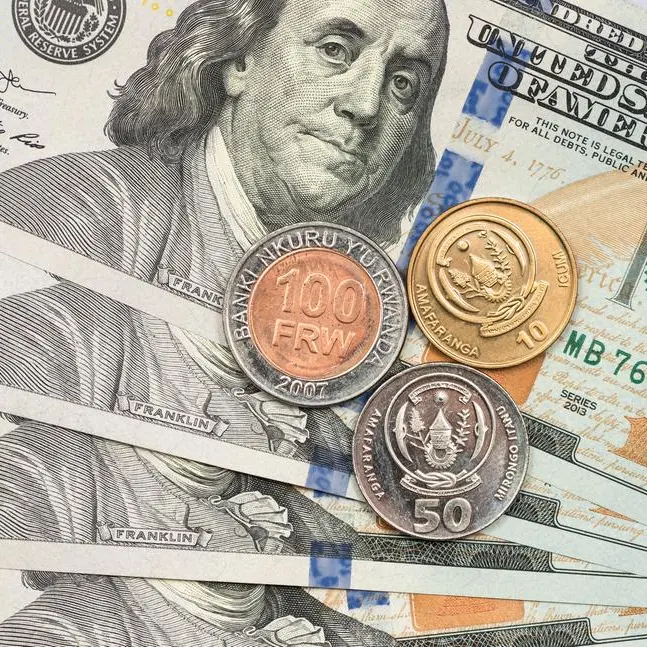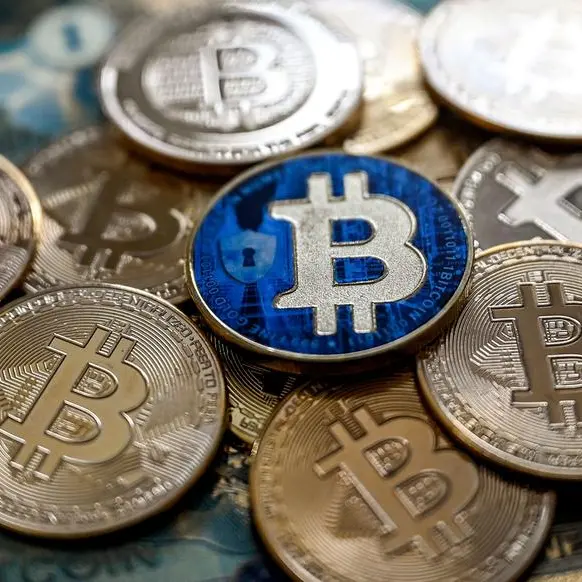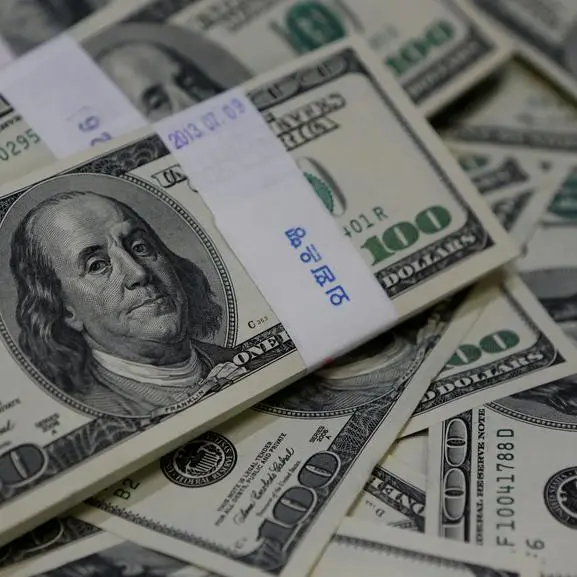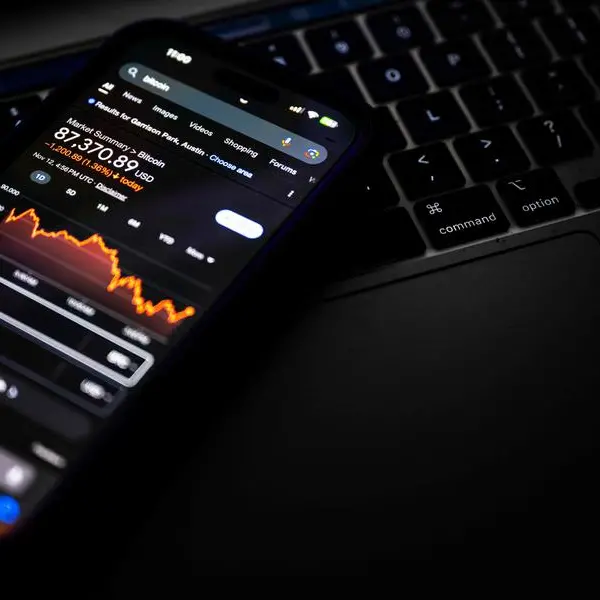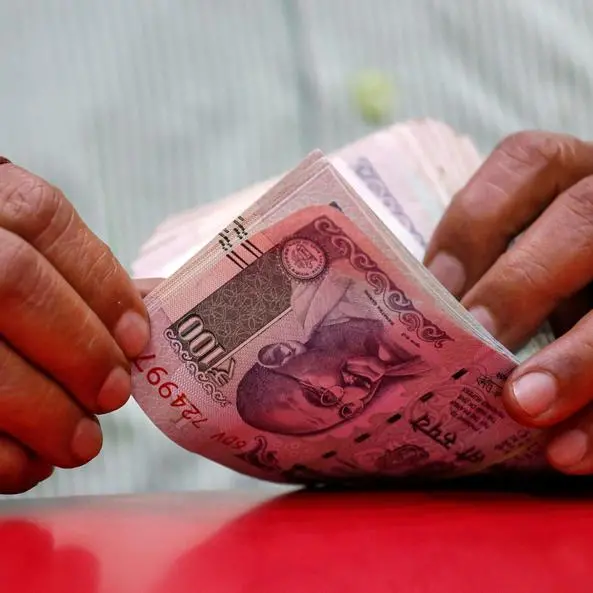PHOTO
LONDON - The dollar ticked higher on Tuesday ahead of a raft of central bank decisions but remained on track for its fourth consecutive monthly loss.
The U.S. Federal Reserve will set interest rates on Wednesday, followed by the European Central Bank (ECB) and Bank of England (BoE) on Thursday.
Currencies struggled for direction overnight, but the euro slipped against the dollar in early trade in Europe and was last down 0.27% at $1.082.
It was "likely some profit-taking ahead of the key event risks just ahead," said Alvin Tan, head of Asia FX strategy at RBC Capital Markets.
Analysts also said investors were likely rebalancing their portfolios at the end of the month.
The euro remained around 1% higher for the month and was near a nine-month peak after falling energy prices gave the euro zone economy a reprieve.
The U.S. dollar index, which gauges the currency against major peers, was up 0.25% at 102.5 on Tuesday.
Yet it was down around 0.9% for January as a whole. That meant it was set for its fourth consecutive monthly drop, having fallen around 11% since hitting a 20-year peak in late September.
"These foundations of dollar strength continue to be undermined, whether it's the less bad global economic outlook, whether it's the Fed easing back," said Ben Laidler, global markets strategist at trading platform eToro.
A busy week for markets continued on Tuesday as data showed the euro zone economy unexpectedly grew by 0.1% in the fourth quarter, beating predictions of a 0.1% drop. Data on Monday showed Germany's economy unexpectedly shrank in the final quarter of 2022.
The big event of the week comes on Wednesday, when the Fed is expected to raise interest rates by 25 basis points (bps), its smallest increase since March 2022, to a range of 4.5% to 4.75%.
Pricing in derivatives markets suggests the market expects further tightening, although analysts debate to what extent.
"In the less likely outcome that the Fed give the impression that they could pause after this week's hike, then the U.S. dollar could easily sell off and risky assets rally," said Chris Weston, head of research at broker Pepperstone in Melbourne.
Investors then expect the ECB and BoE to raise their main interest rates by 50 bps each on Thursday.
Sterling was last seen 0.28% lower at $1.232, but on track for its fourth monthly rise.
The yen was up 0.05% at 130.42 per dollar and was set for its third monthly gain, with markets anticipating a shift in Japanese monetary policy.
Markets mostly shrugged off slightly better-than-expected Chinese manufacturing data, which showed a return to growth in January, with focus now on the recovery ahead.
The Aussie was last down 0.96% to $0.699. Overnight, data showed Australian retail sales in December recorded their biggest drop in more than two years.
The kiwi was 0.79% lower at $0.642.
(Reporting by Harry Robertson and Tom Westbrook; editing by Christina Fincher and Jason Neely)
